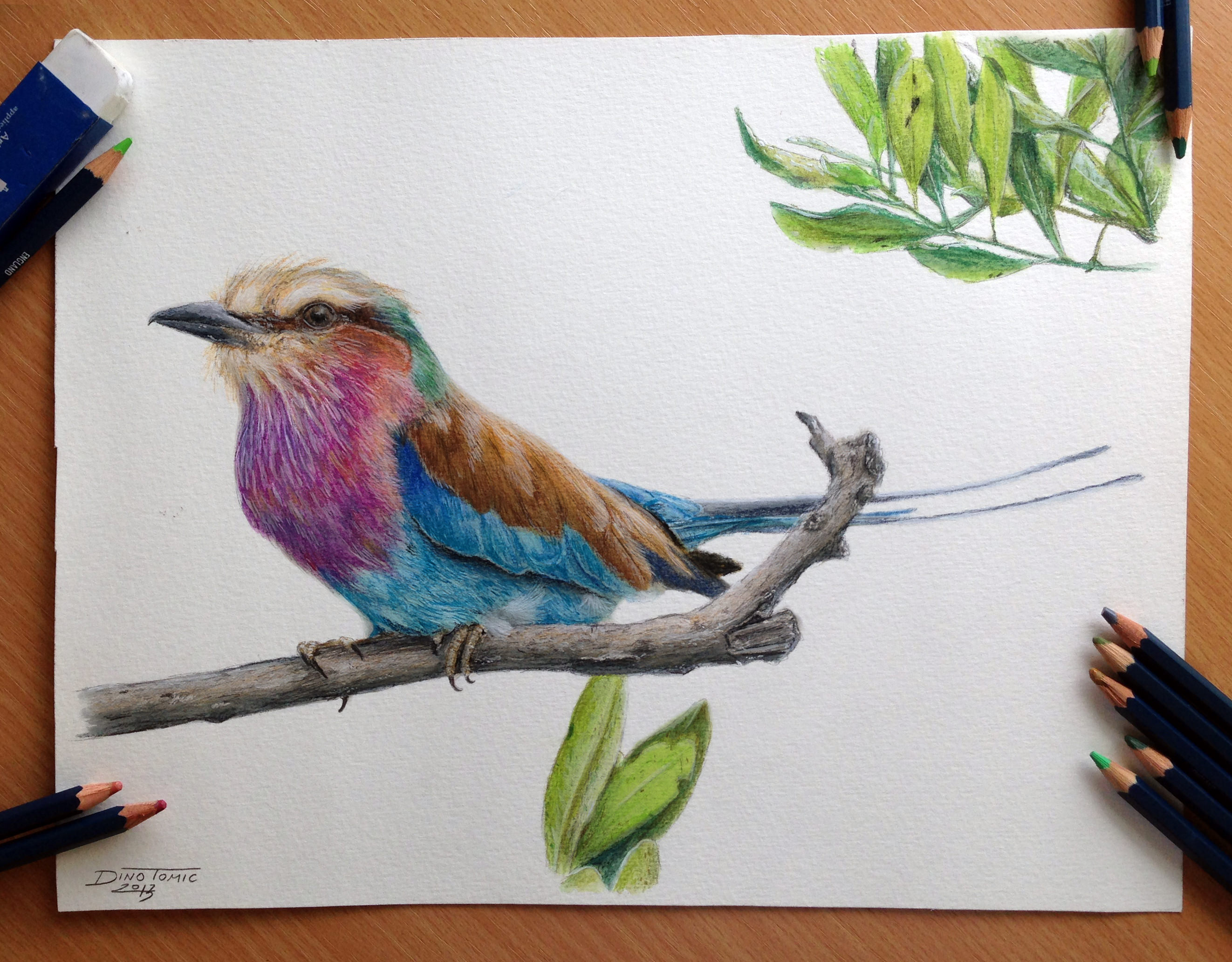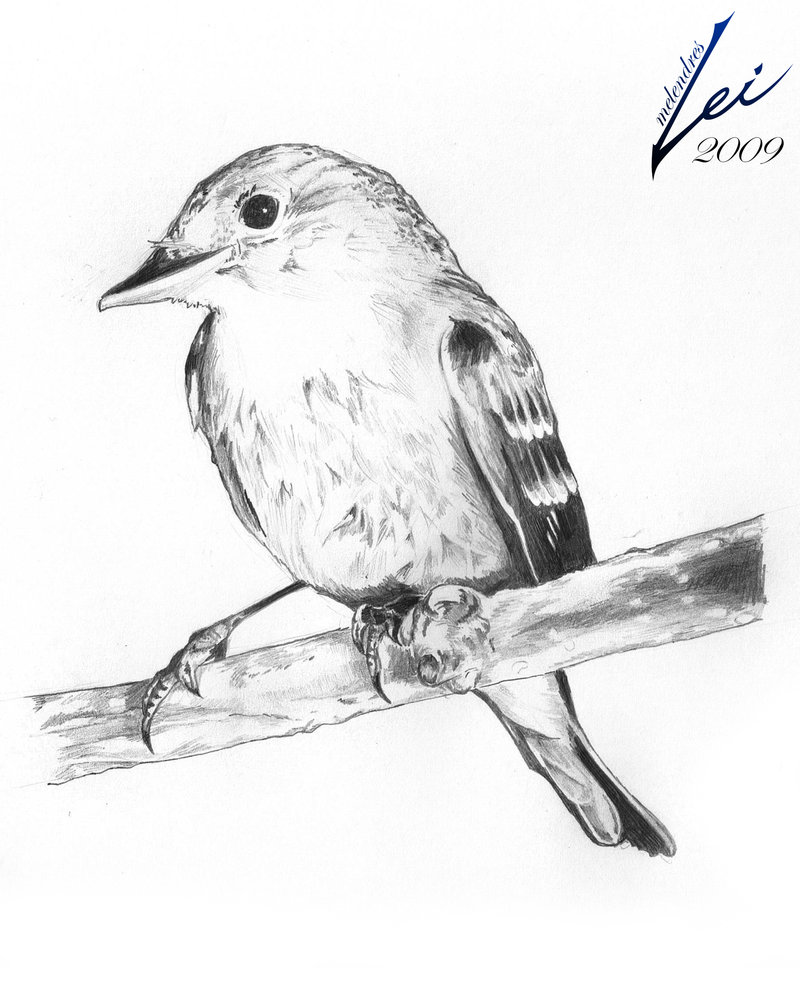

That’s why swifts urgently need our help. Species on this list, such as swifts, are globally threatened, with big declines in breeding populations and ranges. Red is the highest conservation priority, with species on this list needing urgent action. This, in part, has resulted in swifts being added to the Red list in the 2021 UK Conservation Status Report. But as more old buildings are renovated and gaps in soffits closed up, swift nest sites are fast disappearing. They like to live in houses and churches, squeezing through tiny gaps to nest inside roofs. Swifts pair for life, returning to the same site each year for a little nest renovation before laying and incubating their eggs.

Spending their winters in Africa, swifts migrate 3,400 miles twice a year, stopping off to refuel in places like Portugal and France along the way.Īfter a long flight back from their summer in Africa, swifts have one thing on their minds - to mate. Swifts are summer visitors, breeding across the UK, but are most numerous in the south and east. They have long, scythe-like wings and a short, forked tail. Swifts are plain sooty brown, with a white throat, but in flight against the sky they appear black. They are also the fastest birds in level flight, with an impressive top speed of 69mph. Sleeping, eating, bathing and even mating on the wing, swifts rarely touch the ground. The swift is a medium-sized aerial bird, which is a superb flyer.


 0 kommentar(er)
0 kommentar(er)
